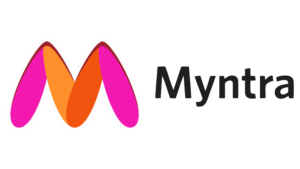How Ad Ops is Revolutionizing the Indian Advertising Landscape
Welcome to the world of ad operations, where advertising and optimization meet chaos and order, respectively. Ad operations are the foundation of the monetization strategy in the realm of digital marketing. Its function is basic. Make sure the publishers serve the right advertising at the right times. The management and optimization of digital advertising initiatives fall under this category. Ad operations have changed significantly over time. According to a 2022 forecast, revenue for ad media owners will increase by around 6% globally to a record-breaking $865 billion in 2023. As the decade progresses, it is predicted that the annual sum will rise even higher, hitting one trillion dollars by 2026.
Ad Ops is a crucial part of any publisher’s system. It is in charge of overseeing internet sales of digital advertisements and is the most profitable cash cow. In essence, it is a crucial element of ad tech. But what precisely are Ad Ops?
An Introduction to Ad Operations
Ad Ops, often referred to as Digital Ad Operations, is the term used to describe the systems and procedures that enable the management and delivery of digital advertisements. The term refers to any method used by a marketing team to manage, carry out, or improve advertising campaigns. Although there are more than a billion websites, it would be extremely expensive for advertisers to have their adverts seen by everyone around the globe. Instead, companies can attempt to target their ads at individuals who most closely match their existing customers using digital advertising markets. Here’s where ad ops come in.
They are in charge of placing the ads based on the likely audience, time zones, places, and regions. It will generate income in return through advertising initiatives. Ad operations technology links advertisers looking to buy ad space with websites that offer ad space for sale. Despite the fact that the majority of digital ad spaces are sold programmatically and without human intervention, ad operations play a significant role in setting up and overseeing these procedures.
Key Components
Ad operations is the fusion of many technological methods, tools, and stakeholders. The main categories in which the key elements of ad operations fall are:
- Ad trafficking
- Creating and managing ads
- Delivering and targeting ads
Ad Trafficking
Ad Trafficking means setting up and implementing an advertisement campaign so it runs in line with its goals.
- Scheduling – One of the crucial tasks for Ad Ops is to correctly decide and operate pre-fixed schedules for launching and running ads considering the timing of an ad is a key.
- Optimization – One of the most important benefits of digital advertising is the ability to get precise, real-time data on consumer behavior and advertising engagement.
Creating and Managing Ads
Involves choosing ad formats, developing ads, and managing marketing campaigns. To guarantee that ads are properly created and handled, ad ops specialists collaborate closely with advertisers and publishers.
Delivering and targeting ads
Professionals in ad operations employ a variety of targeting strategies, including behavioral and demographic targeting.
- Ad Performance Analytics – To optimize ad campaigns and boost performance, Ad Ops specialists track and analyze data on ad performance.
- Privacy and Ad Compliance – Ad Ops experts must make sure that ads are delivered in a way that respects user privacy and adheres to applicable laws.’
Read More: 10 Game-Changing AI Tools for Digital Marketing in 2023
Advertising Landscape in India
With cutting-edge digital technology becoming more popular than ever in the market, the Indian advertising sector is set to reach new heights. Due to the pandemic, the advertising industry has been struggling to survive the past two years. However, indications show that the Indian advertising sector has been progressively recovering. The market size was INR 743 billion in 2022, and by 2028, it is anticipated to be INR 1,412.5 billion. It has a growth rate of 11%. The Indian advertising industry is expanding at an unprecedented rate, and digital advertising is flourishing. In an effort to reach the target demographic, brands and advertisers are using agile strategies to use digital advertising.

Image credit- Research and Markets
With every second that goes by, the Indian advertising scene continues to grow. Advertising experts adopted a 360-degree strategy as technology improved to include existing and upcoming digital media. Advertising in India, a now-vast industry, is set on being the second-fastest growing advertising market in Asia. It is now more data-driven, with thorough client journeys, mass-customized messages, and attractive deals.
Benefits and Drawbacks of the Ad Ops in the Advertising Landscape

Read More: Cracking the CRED Code: A Deep Dive into its Advertising Mastery
Case Study for Brands Who Leveraged Ad Ops
In India, Zomato is a well-known B2P app for food delivery. Zomato’s excellent marketing campaign has been one of the primary causes of this enormous increase in revenue. It has made it a priority to connect with its target market consistently. Zomato grew when internet marketing became mainstream in India. For instance, appealing ad words on billboards and SMS messages to the target population showed a firm belief in their advertising skills.
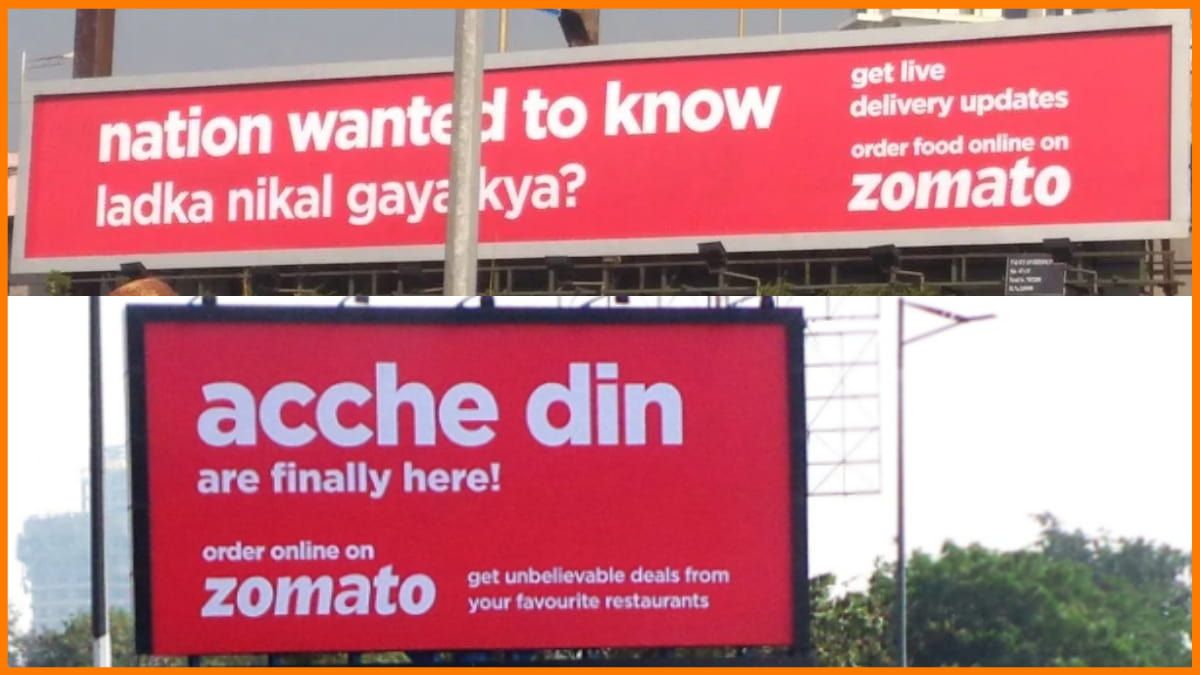
Image credit- Startup Talky
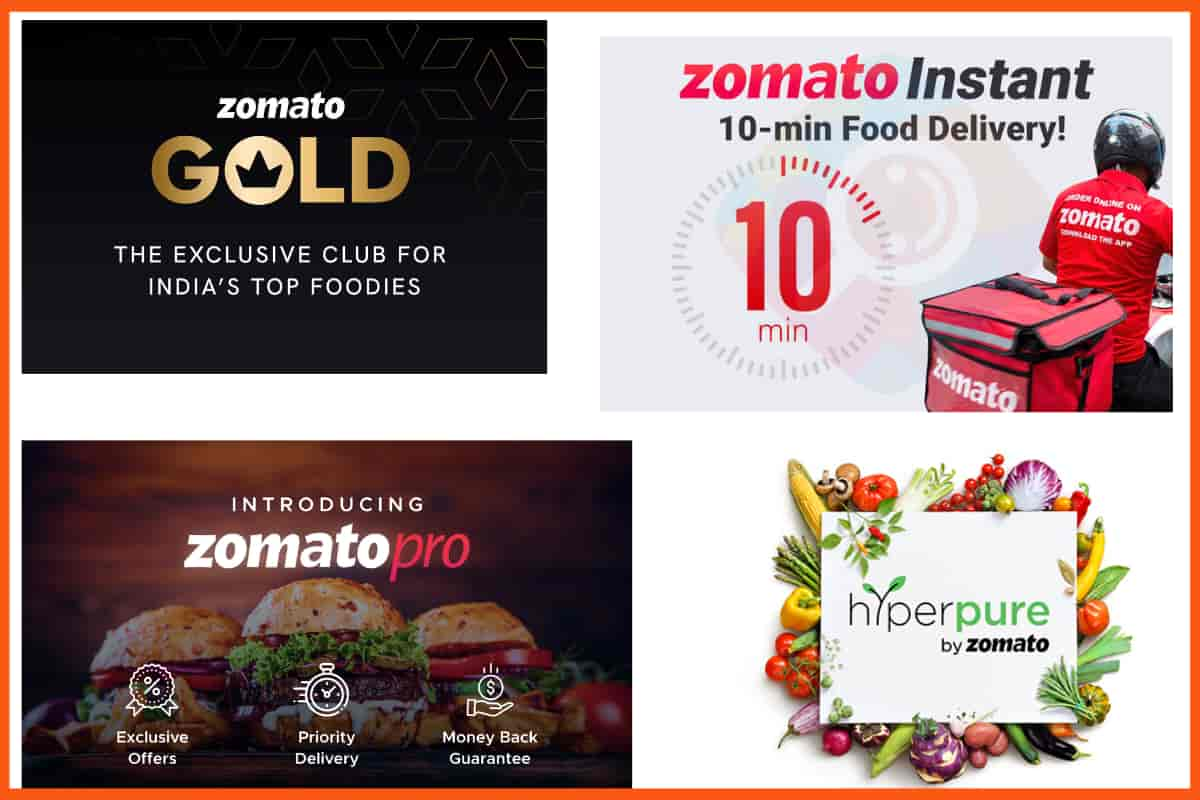
Image credit- Startup Talky
Here are some ways that Zomato’s marketing and ad operations techniques contributed to the app’s success.
- Wide-range and Powerful Outreach
- Email Tactics
- Using Social Media
- SEO Efficiency
Wide-range and Powerful Outreach
Zomato used a variety of outreach strategies in its marketing initiatives. It involves paid advertisements, email and SMS lists, and social media strategy. They studied consumer traits, ordering trends, and peak ordering hours to tailor ads for Zomato’s user base.
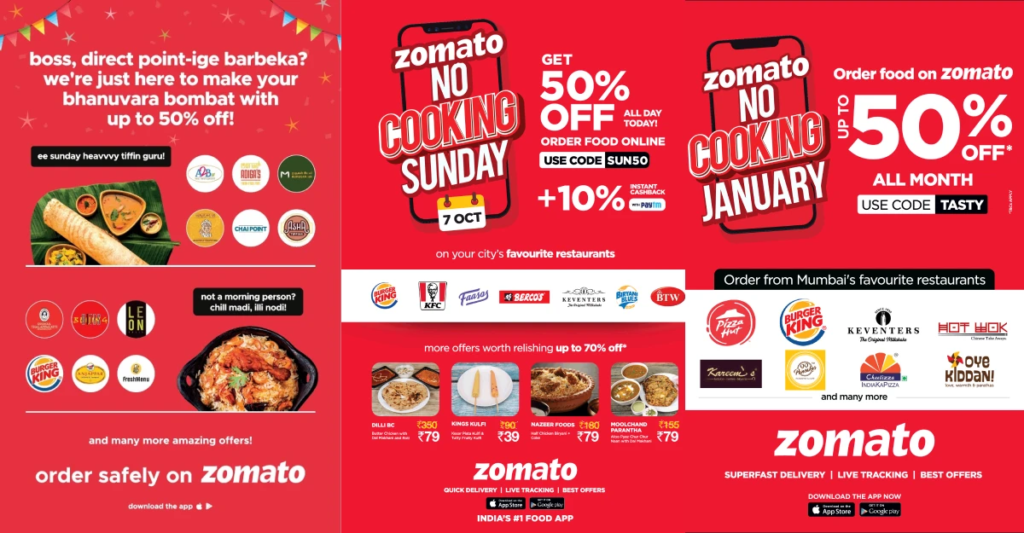
Image credit- The Business Rule
Email Tactics
Zomato targeted a potential niche by curating its emails to implement marketing strategies centered on the binge-watching culture that goes hand in hand with food.
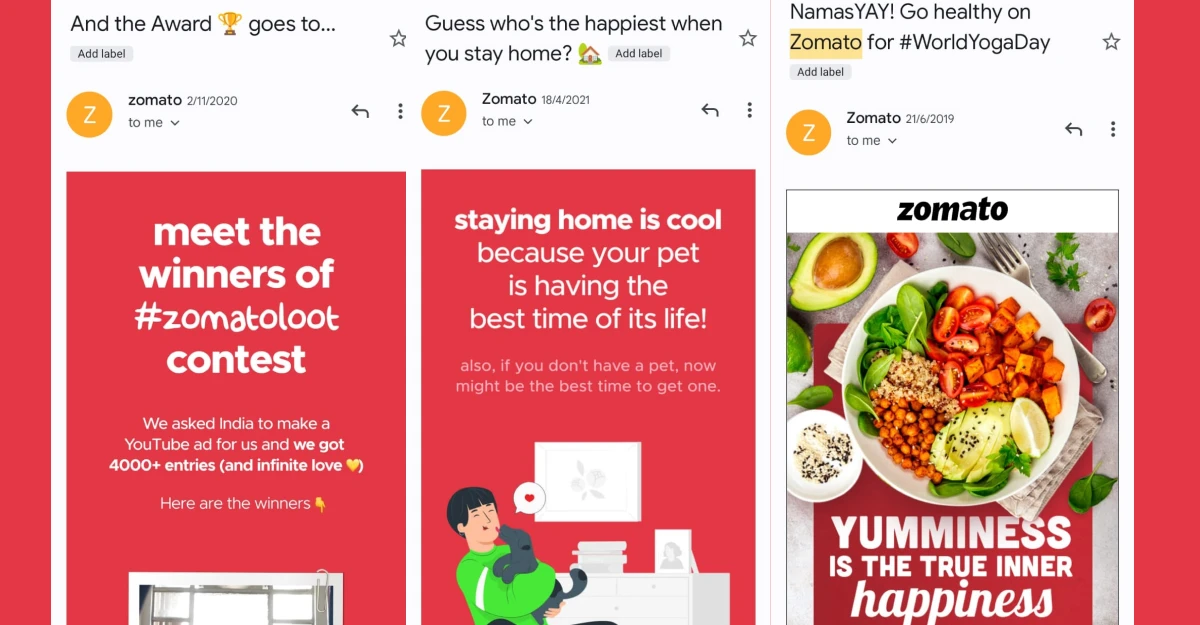
Image credit-The Business Rule
Using Social Media
Zomato depicts itself on social media with postings that are engaging on an emotional level. They interact in regional languages and make humorous memes to participate in meme

Image credit- Social Samosa via Facebook

Image credit- The Business Rule
SEO Efficiency
Zomato has produced extremely keyword-dense material that has drawn more than 67 lakh internet visitors.
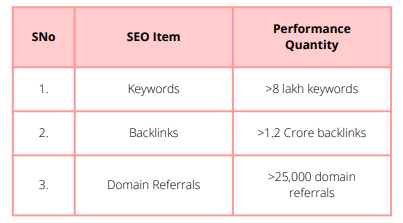
Image credit- iim skills
Zomato has a lot of influence because of its unique strategy of putting novel concepts into action on various fronts. It has always been a top priority for them to pay heed to customer comments and answer as soon as feasible.
Read More: An Innovative Triumph: Burger King x Stevenage FC Case Study
Myntra, a top-tier Indian online apparel retailer, boasts a remarkable “rags-to-riches” journey. Renowned for quality products and stellar customer service, its marketing plan revolves around key pillars for success.
- Content Marketing
- Social Media Marketing
- SEO Efficiency
- Paid Advertising
Content Marketing
Myntra has a popular blog that discusses a wide range of fashion, lifestyle, and trend-related topics. This makes the site one of the most well-liked fashion blogs in India. It leverages content marketing to establish connections with other brands and influencers.

Image credit- Myntra
Social media marketing
Myntra keeps a strong social media presence to ensure its target audience is always aware of the latest content. It routinely undertakes social media campaigns that support the development of the brand’s feeling of community. Additionally, it assists in providing a supply of user-generated material for advertising needs.

Image credit- Indian Retailer
SEO Efficiency
Myntra makes use of SEO to make sure that its website ranks as highly as possible for the right keywords. To do this, they incorporate relevant keywords and phrases into the website text.

Image credit- Madhu Sudanan via LinkedIn
Paid Advertising
Myntra promotes its website and goods through paid advertising. They employ a variety of strategies, such as display, retargeting, and pay-per-click (PPC) advertising. These techniques enable Myntra to efficiently promote its brand to a large audience.

Image credit- Afaqs
Both businesses saw enormous success as a result of their marketing plans and ad operations. These businesses would still be unknown if they had not reached their target audiences at the correct time and through the right channels. Zomato and Myntra needed to avoid bombarding customers with frequent and unnecessary ads to provide an excellent customer experience. They were aware of the demographics and preferences of their audience. Both businesses achieved the ideal mix between client satisfaction and revenue generation. The organizations were able to make informed decisions due to their comprehensive insights.
The Future of Ad Ops in India
Ad operations teams will need to embrace newer platforms and follow the lead of younger demographics as the Indian advertising market continues to grow. Digital-out-of-home (DOOH) advertising tools are among the new technologies that enable marketers to reach audiences in public spaces with customized content. Moreover, it’s clear that ad operations are no longer only a tactical role. Ad operations teams are already becoming more strategic, leveraging technology to solve business challenges and playing a key role in revenue growth because of their close relationship to revenue. However since digital media is always changing, ad operations professionals should expect to face a number of new difficulties in the coming years.
- The volume of campaigns will keep growing at an exponential rate.
- The range of available ad formats will increase.
- Utilizing first-party data effectively will be essential—even more so than it is now.
- Changes in policy will be implemented on a worldwide, regional, and national scale.
- There will be more pressure on companies to maintain high margins while increasing revenue.
- Publishers will see that ad ops teams with a tech focus can directly affect revenue.
- Ad ops teams’ increased awareness of revenue workflows and data will help them move closer to the strategic side of the business.
Another important factor in digital marketing will be the development of technology. Fortunately, generative AI has made it simpler for ad operations teams to create more content in greater quantities intended for multiple channels. This technology can be used by ad operations specialists to test ad tech platforms, generate and evaluate audience segments, and produce content in a variety of formats. Ad operations teams can concentrate more on gathering information and using data-driven insights to guide marketing and revenue decisions as generative AI enhances automation.
Final Words
Ad Ops is increasingly playing a crucial role in the Indian advertising sector by enhancing efficiency, targeting, and campaign effectiveness. In this industry, automation and personalization must be carefully balanced. Ad operations will be essential in ensuring ad viewability and brand safety as the advertising landscape changes. Cheers to the growth of ad operations and their bright future in the Indian advertising industry.
Read More: Cricket’s Advertising Blitz: Boundaries Beyond the Game!



